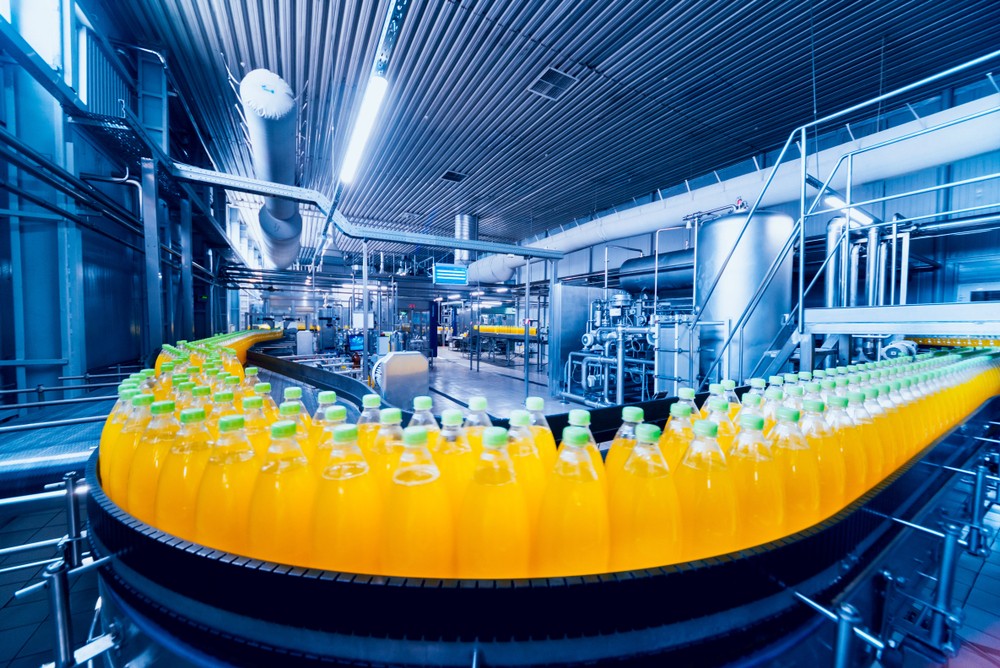5 Signs of an Emerging Bottleneck and What To Do About Them

Production line bottlenecks arise for any number of reasons, but they always have the same effect: lost productivity and efficiency. Whether they exist for a day or form over a longer period, it’s up to manufacturers to watch for signs of a bottleneck and trace them back to their source. This requires keen observation, intuitive thinking, and the ability to identify the constraints contributing to a manufacturing bottleneck.
Defining bottlenecks
Bottlenecks occur when inefficiencies emerge at some point within the value stream. In more specific terms, a constraint arises when the number of tasks exceeds the workload capacity. If machine B can process 100 units per minute and machine A processes 110 units per minute, a bottleneck will occur between points A and B. Bottlenecks can form anywhere on a production line when constraints push task demands above workload capacity at a single point. The result is downstream inefficiency.
Short- vs. long-term bottlenecks
Bottlenecks fall into one of two categories: short-term or long-term. Short-term bottlenecks are temporary and usually the result of a specific catalyst. Long-term bottlenecks take longer to form, are persistent, and tend to have underlying contributors making their origins difficult to immediately discern.
For instance, a short-staffed production line may have a bottleneck until the next shift when the line is appropriately staffed. Conversely, a long-term bottleneck can arise as a machine’s throughput drops due to inconsistent maintenance over time.

5 signs of an emerging bottleneck
The best way to remediate bottlenecks, before they cause significant problems, is to catch them early. This starts by recognizing the signs. Watch for these five common signs of an emerging bottleneck:
- Slowing throughput. If the workload capacity of a machine or checkpoint falls over time, a bottleneck will emerge unless there’s an equivalent drop on the supply side. Monitor machine cycle levels or throughput at specific points to set observable benchmarks.
- Accumulation at key points. Backups are an obvious sign of a bottleneck, but it’s critical to catch them early. Watch for small bottlenecks, and investigate accumulations during line stoppages to qualify short- vs. long-term bottlenecks and solutions.
- Full or excess machine capacity. Generally, machines will operate at a percentage of workload utilization. If utilization begins to consistently exceed the established percentage, it’s a sign of an emerging bottleneck.
- Wait times or time waste. A type of bottleneck usually associated with labor, wait times or time waste are identifiable in production schedules that run over. Look at individual production phases to see if time waste has crept in and created a bottleneck.
- Defects in the final product. A rise in defects or poor-quality production runs can indicate a bottleneck upstream. As the line seeks to stay efficient, defects arise when throughput is forced beyond typical processing levels.
Every bottleneck has its unique catalysts. Once you’ve identified the bottleneck, it’s important to perform a root cause analysis to understand why it’s happening and how to prevent it. Some bottlenecks are simpler to solve than others, and it’s imperative to solve them all.